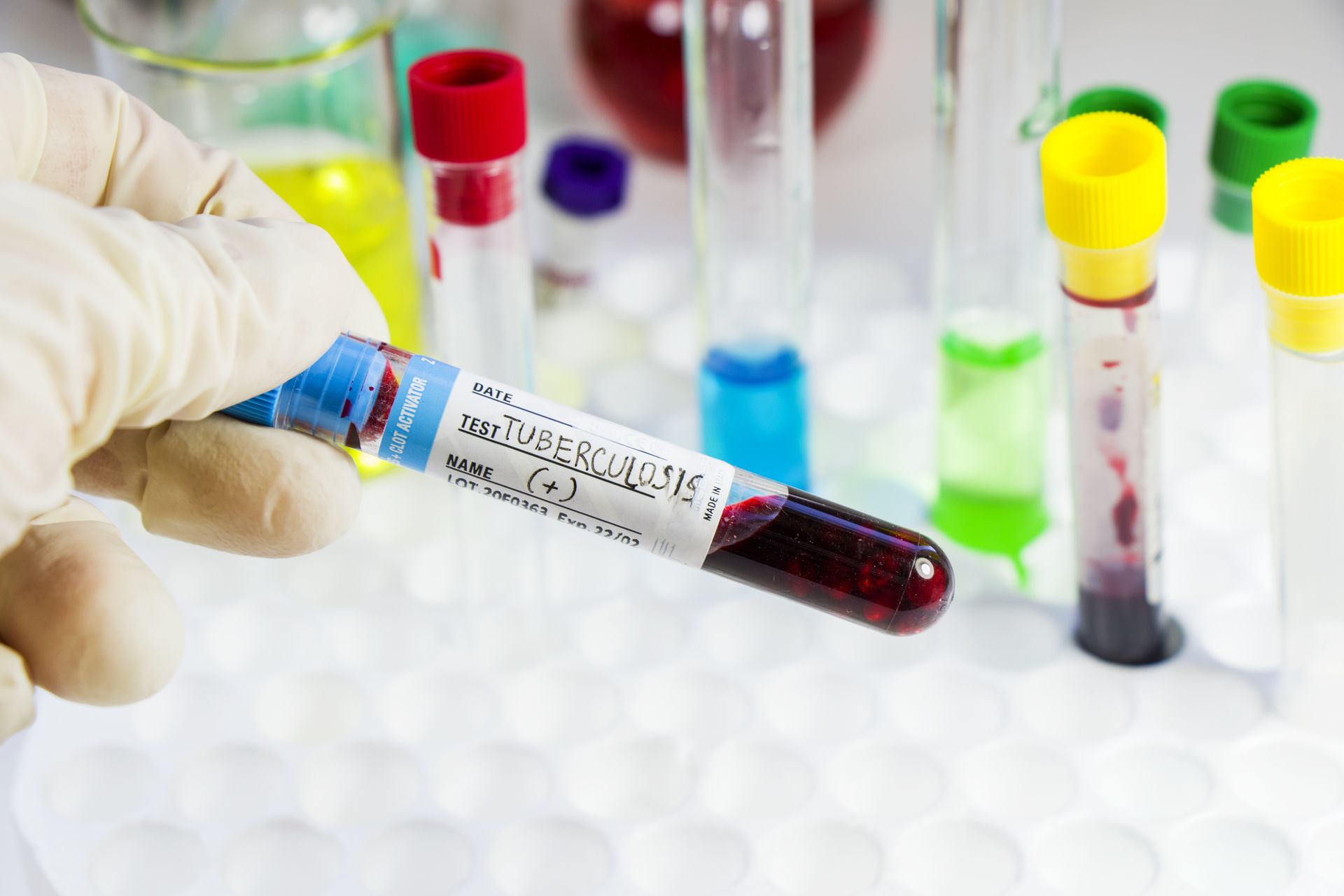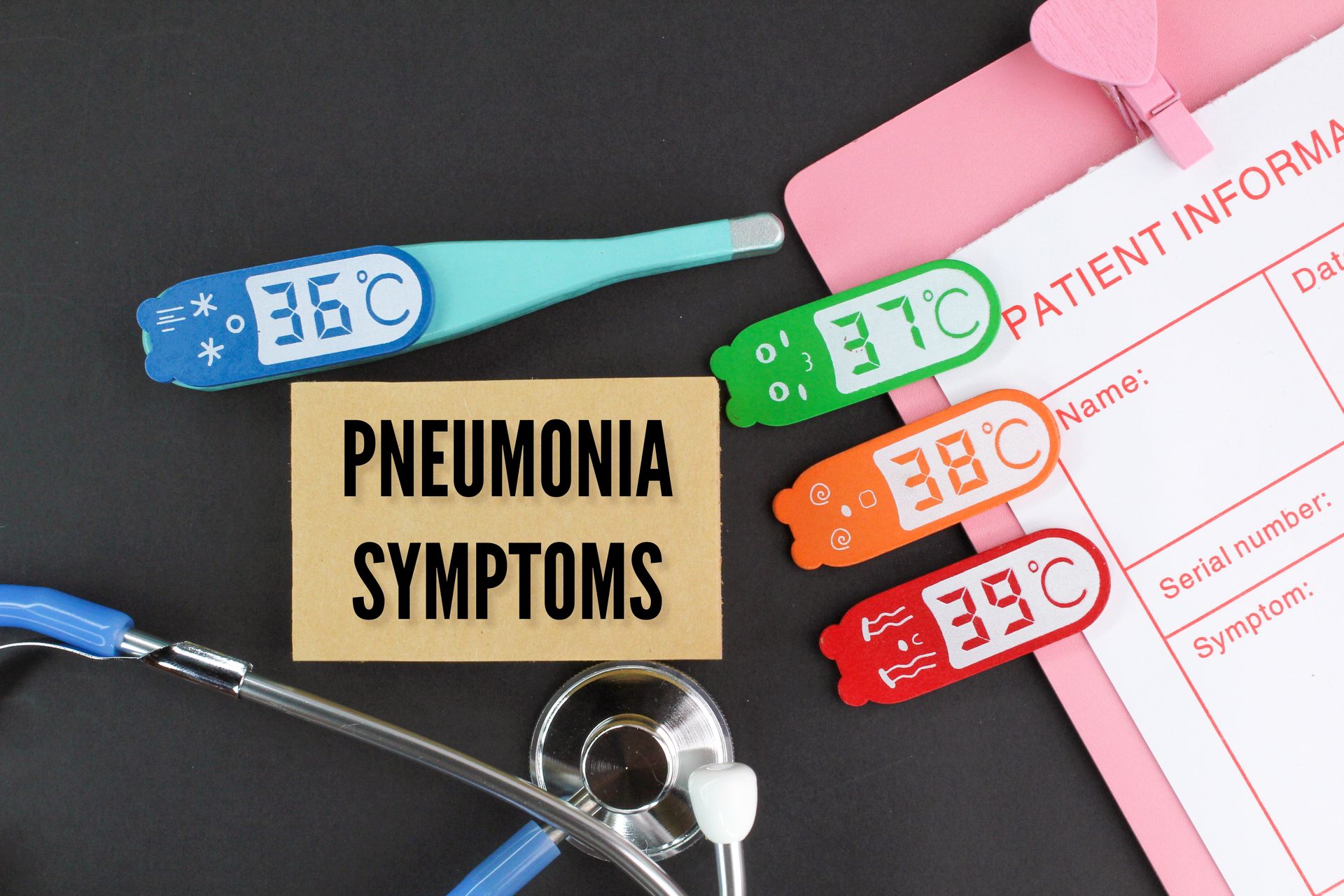.
Tuberculosis
"Interdisciplinary research on tuberculosis and pathogenic mycobacteria"
Overview
The principle theme of this EMBO conference “Tuberculosis 2016: Interdisciplinary research on tuberculosis and pathogenic mycobacteria”, consists of the latest biological insights and advances on pathogenic mycobacteria that are presently gained by new powerful technologies and sophisticated approaches linked to the domains of genomics, genetics, cell biology, structural biology, medicinal chemistry and/or immunology and how these advances might be used to cope with the enormous problems that pathogenic mycobacteria cause for millions of people today.
Pathogenic mycobacteria correspond to a large group of medically important bacteria that cause the major human diseases Tuberculosis, Leprosy, and Buruli ulcer, but are also increasingly important in the context of emerging pathogens in patients with genetic disorders, such as cystic fibrosis patients.
These different themes will be presented and discussed by world-renowned scientists from a broad range of different disciplines. This international conference, to be held from September 19-23, 2016, in the Conference centre (CIS) within the campus of the Institut Pasteur in Paris will provide a premium forum for the discussion and exchange of the recent advances in this timely and important topic.


Welcome to our dedicated page on Tuberculosis (TB), a serious infectious disease caused by the bacterium Mycobacterium tuberculosis. TB primarily affects the lungs but can also impact other parts of the body. Despite being preventable and treatable, TB remains one of the top 10 causes of death worldwide.
Symptoms of TB
Common signs include:
• Persistent cough (lasting three weeks or longer)
• Chest pain or difficulty breathing
• Unexplained weight loss
• Night sweats
• Fever and fatigue

Diagnostic Methods
Accurate and timely diagnosis is essential for effective TB control. Key diagnostic tools include:
1. Microscopy: Acid-fast bacilli (AFB) staining for rapid preliminary identification.
2. Culture: The gold standard for TB diagnosis, providing high sensitivity but requiring several weeks.
3. Molecular Tests:
- GeneXpert MTB/RIF: Rapid detection of M. tuberculosis and rifampicin resistance within hours.
- Line Probe Assays (LPAs): Detect resistance to first- and second-line drugs.
4. Immunological Tests:
- Tuberculin Skin Test (TST): Identifies latent TB infection.
- Interferon-Gamma Release Assays (IGRAs): Measures immune response to TB antigens.
Prevention Strategies

Prevention:
- Bacillus Calmette-Guérin (BCG) is widely used for TB prevention, particularly in children.

Infection Control:
- Early case detection and isolation of infectious patients.
- Use of personal protective equipment (PPE) in healthcare settings.

Preventive Therapy:
- Latent TB treatment with isoniazid to prevent progression to active TB.
Global Challenges
Resistance:
- Multidrug-resistant TB (MDR-TB) and extensively resistant TB (XDR-TB) pose significant treatment challenges.
HIV-TB Co-infection:
- HIV patients are at higher risk of developing active TB due to immunosuppression.
Healthcare Access:
- Socioeconomic barriers hinder early diagnosis and treatment adherence.
Recent Advances
• Development of shorter treatment regimens for MDR-TB (e.g., BPaL: Bedaquiline, Pretomanid, Linezolid).
• Innovations in rapid molecular diagnostics.
• Research into novel vaccines targeting latent and active TB.